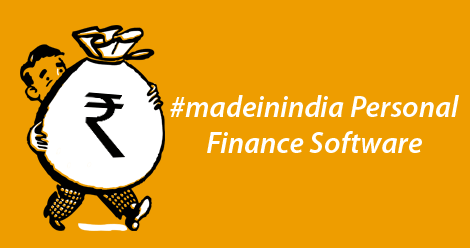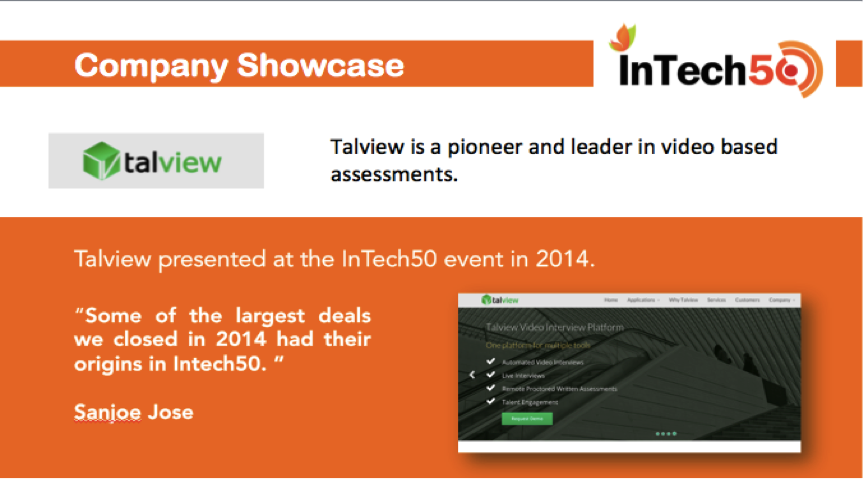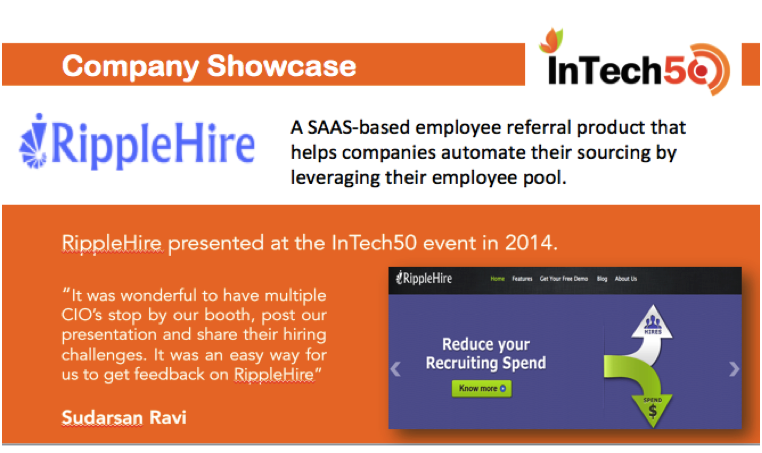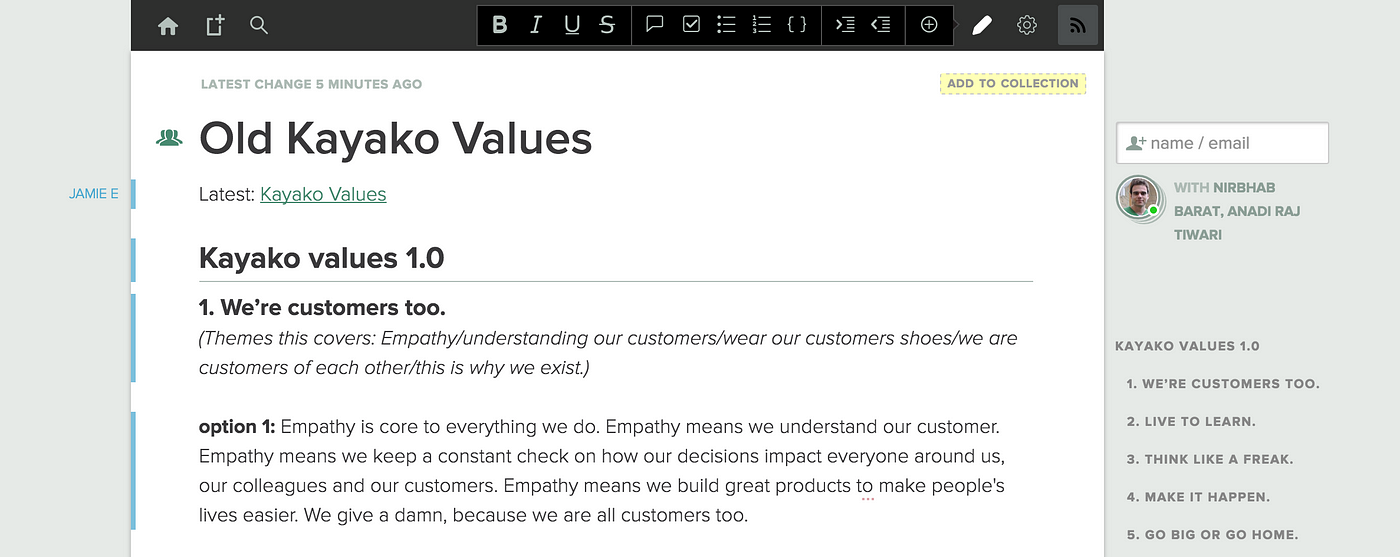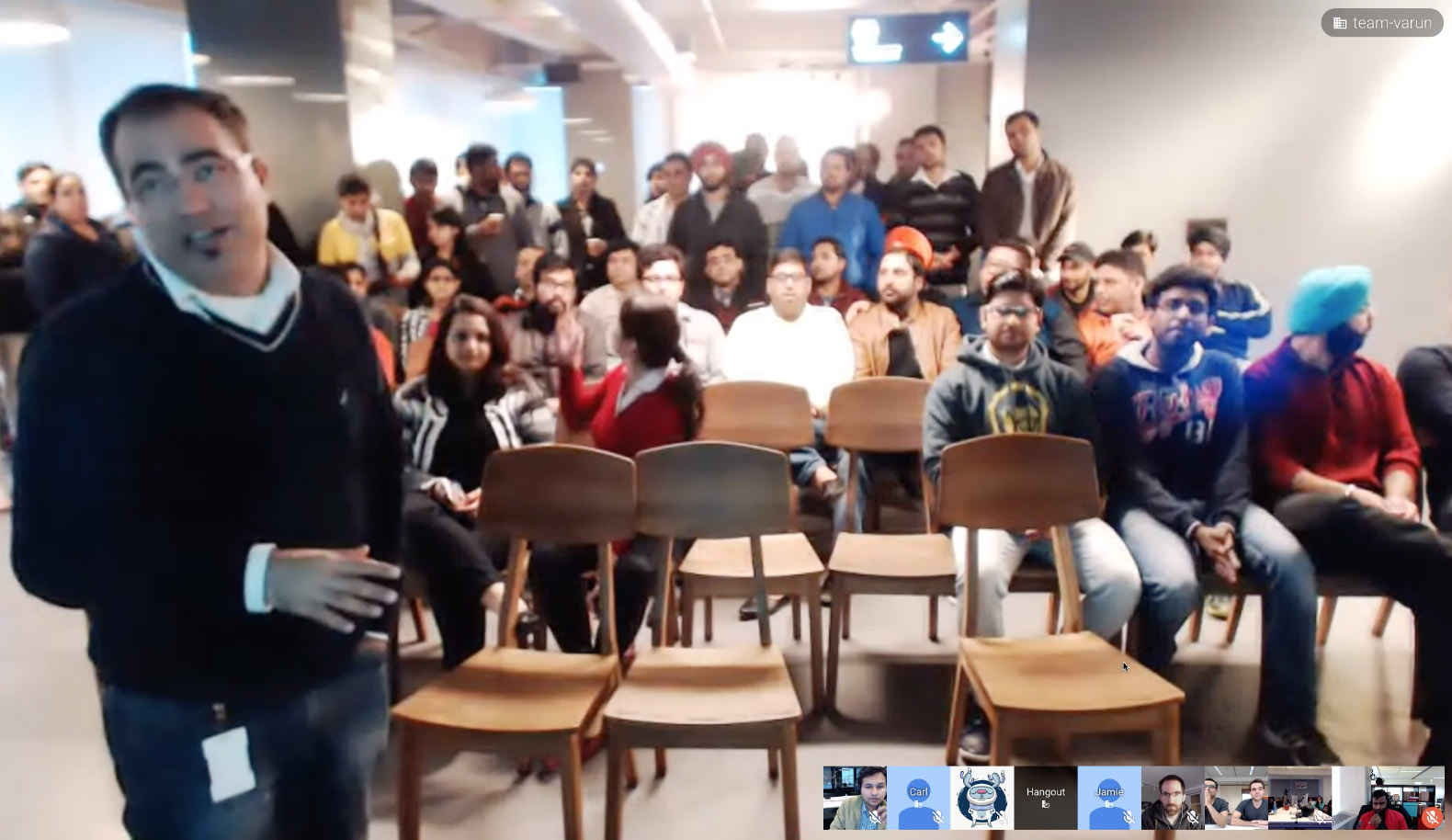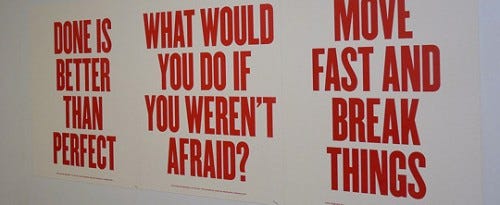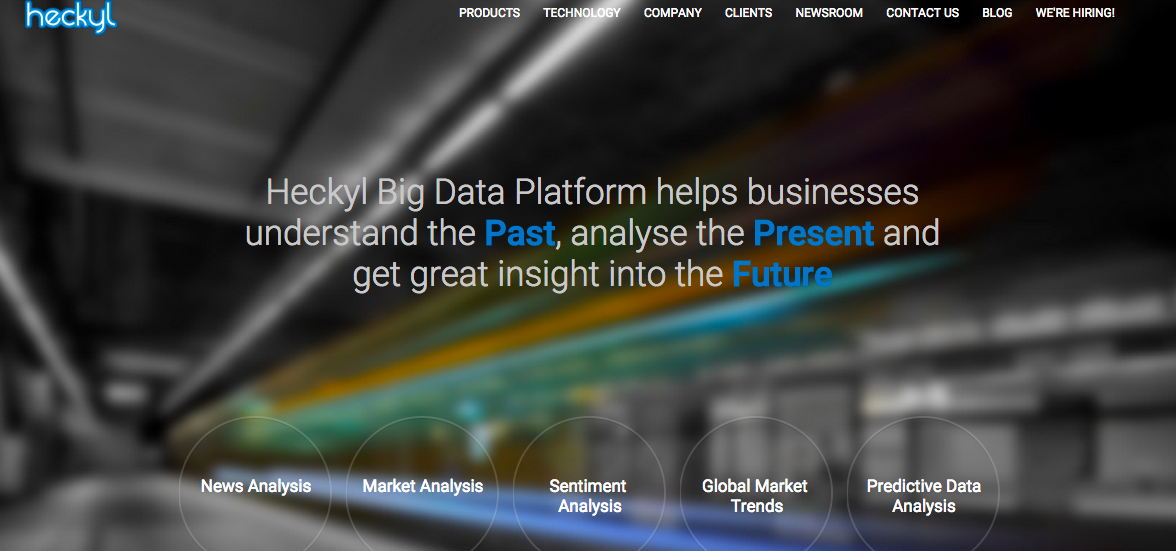B2C wallets like Paytm and Mobikwik are known well enough. The B2B wallet story, however, is still in its nascent stage. Happay is that wallet which helps companies manage their expenses through employees, using corporate wallets.
Varun Rathi and Anshul Rai were classmates at IIT Kharagpur. They worked for 2 years before they started up. After toying with different business ideas, they zeroed in on payments, and thereafter, quit their jobs.
Happay started as a platform for splitting payments or transfer money through its wallet. However, the team, even with over 2 lakh registered users, was unable to find a good revenue model. They pivoted to address B2B payment management hassles. They have tied up with Ratnakar Bank to issue corporate cards which double as expense management system for the company. The companies can issue these cards to all their employees, and, at the back end, track, or even cap the permissible amount for each card.
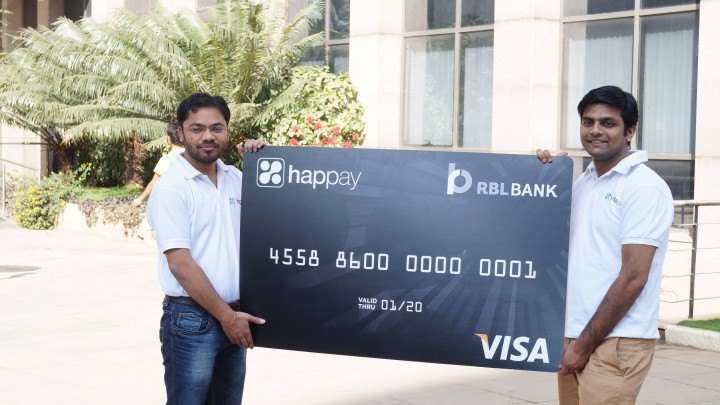 Here is an excerpt from Varun’s interview with iSPIRT:
Here is an excerpt from Varun’s interview with iSPIRT:
Why did you Startup?
VR: “I come from a business family and so, I think I inherited the urge to start something of own business. It was different from a typical Marwari business, because I wanted to make a technology business that was scalable”.
Why did you choose to address payments?
VR: “The payments market in itself is globally very large and scalable. So even if you solve a small problem in payments, it can go big.
Last 5-10 years have seen a lot of sourcing through wallets. So we thought this was the problem we should solve. Our solution was quite a hit between students and young professionals. However, there was no strong revenue model. Also, we had to go to all vendors and get them to accept those payments through our instrument, which was proving difficult.
On the other hand, a lot of businesses would come to us looking for payments solution. There was no product that would address their issue. So we decided to pivot.”
You decided to pivot from B2C to B2B. What were your major challenges?
VR: “First biggest challenge was to unlearn whatever we had learned and focus exclusively on talking to customers which we didn’t do with the first product.
The first product seemed more intuitive to the team, as we ourselves were the customers. This time around the team talked to over 1000 customers to understand their problems.”
As for aligning the team, Varun shares, “Our team was very young, with no one with more than 2-3 years of experience. So they were open to learn new things. Besides, it took us 9-10 months, to come up with the new product. This gave enough time to the team to align themselves.”
Next challenge was in terms of requirements of the business. “With a B2B product, we realized that businesses needed handholding at every step. Where we scaled to 2 lakh registered users with just 5 members in the team, this time around, we ended up hiring for different teams, taking the number of employees to about 100.
We hired the first person that could give a demo to the customers. Then we needed someone for lead generation, as the product does not automatically reach the target audience. Even after a customer is acquired, we needed to hire for relationship management and customer support. The customers even after signing up would not take the next steps themselves.”
What are the challenges in coming up with an expense card? Why have other expense management companies not done it?
VR: “ Getting such a card and its integration in place, is a difficult process. It requires a license, partnership with the bank, a certification with VISA, and a strong technology team to support all of it. It takes about a year to complete just the processes.
We were in the business of payments, from the start. So our initial aim was to develop applications over the payments platform. We first solved the payments problem and then later on built expense management software over it. Other players made the software and started selling it. They never had the intention of going deeper into the payments problem.”
How is scaling a B2B business different from a B2C?
VR: “There are both pros and cons. B2B is slow and time taking but steady. There are some safe landings in between, so I cannot go down all of a sudden, as is the case with B2C. I can become an overnight success in a B2C product, with maybe some good PR but that can go away in a second, as it is very fragile and there is a lot of competition. In B2B, customers don’t sign up that fast, but they give you time. Once you have their trust, even if something is not perfect, they give you a month or 2 to make it right. That gives more stability to the business.”
What are the 3 things you wish you knew before you started?
VR: “Launch soon: One mistake we made was not launching the product soon. We, like most other companies, were trying to build a perfect product. But the sooner you take it to the customer; the steeper is the learning curve.
Talk to your customers: We assumed what our customers needed and built the product around it. Customers don’t know what they need till they see it. So let them see it.
Making the team will take time: Time required in hiring and nurturing team is very high. It takes almost 50% of our time. We didn’t account for it from the start and this has come across as a major learning.
What is your advice to other people starting up right off the college?
VR: “Understand the market first. If you start fresh out of college, you can take more risk. In terms of technology, you can stretch your limits, as you don’t have any responsibilities. But scaling brings problems. Hiring, building and managing the team and responding to the market needs more finesse. Understand the market so that you have at least some idea of how to respond.”
Corporate wallets address a very crucial bottleneck in managing expenses in an organisation. We wish Varun and his team at Happay, all the success.


 Shashank having worked with McKinsey and Bain, has a background in creating, and packaging financial instruments. Gaurav on the other hand had grown and sold his family business before they met at Stanford as classmates.
Shashank having worked with McKinsey and Bain, has a background in creating, and packaging financial instruments. Gaurav on the other hand had grown and sold his family business before they met at Stanford as classmates. As the dog fight continues to grab market share, e-commerce players are trying to outdo one another by introducing newer business models and innovations; the latest being Mobile Only format. Though there have been many successful experiments that defined the online buying culture in India such as Cash on Delivery, easy hassle free returns and EMIs, the latest experiment’s success is not pronounced yet, while many of the digital enthusiasts are upbeat about it.
As the dog fight continues to grab market share, e-commerce players are trying to outdo one another by introducing newer business models and innovations; the latest being Mobile Only format. Though there have been many successful experiments that defined the online buying culture in India such as Cash on Delivery, easy hassle free returns and EMIs, the latest experiment’s success is not pronounced yet, while many of the digital enthusiasts are upbeat about it.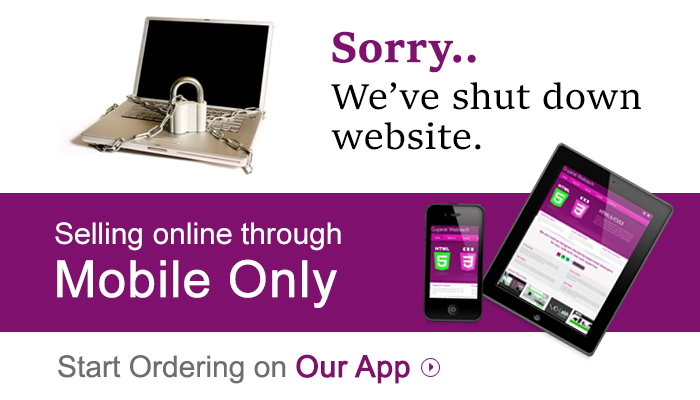 Here comes the Mobile Only strategy! While all the arguments for Mobile Only strategy evangelize the potential of the native app technology and innumerable values it promises to the marketer, an honest assessment of the anticipated compromises on the side of the customer is yet to come i.e what possibilities it takes away from the customer in order to cut short longer sales cycle. Ironically, the deterrents for marketers to sell more are also the very value drivers for the consumers to buy more!
Here comes the Mobile Only strategy! While all the arguments for Mobile Only strategy evangelize the potential of the native app technology and innumerable values it promises to the marketer, an honest assessment of the anticipated compromises on the side of the customer is yet to come i.e what possibilities it takes away from the customer in order to cut short longer sales cycle. Ironically, the deterrents for marketers to sell more are also the very value drivers for the consumers to buy more!
 Design to delight: Instead of Mobile only format, to fully capitalize rapidly growing net users the e-commerce players should repurpose all the touch points rather than limiting to only mobile touch points. Marketers should offer all options of net access points including web along with mobile, with all screen options and continuously reexamine the new touch points of value creation.
Design to delight: Instead of Mobile only format, to fully capitalize rapidly growing net users the e-commerce players should repurpose all the touch points rather than limiting to only mobile touch points. Marketers should offer all options of net access points including web along with mobile, with all screen options and continuously reexamine the new touch points of value creation.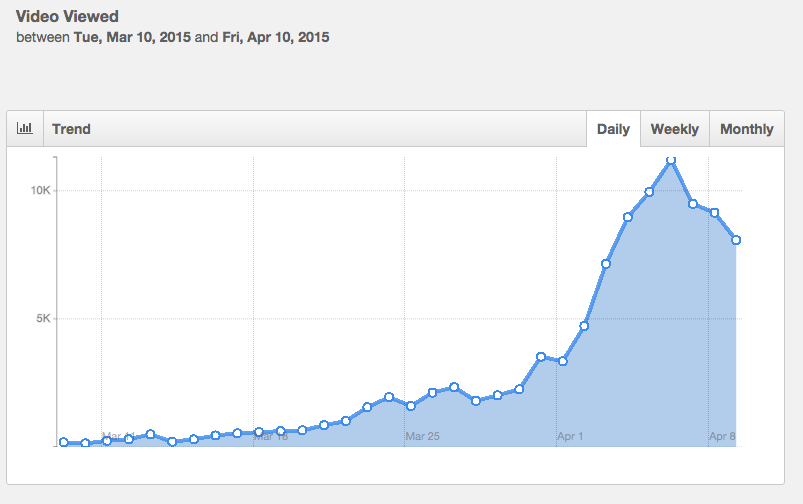
 Back to the whiteboards. Back to basics. We spent lot of time discussing how can we really solve video discovery problem. I also read Nir Eyal’s “
Back to the whiteboards. Back to basics. We spent lot of time discussing how can we really solve video discovery problem. I also read Nir Eyal’s “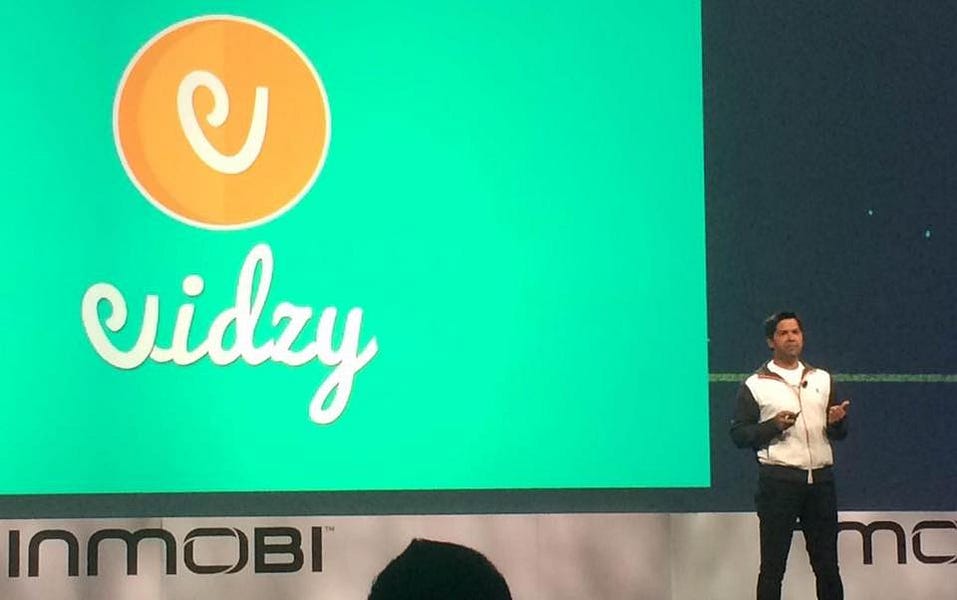
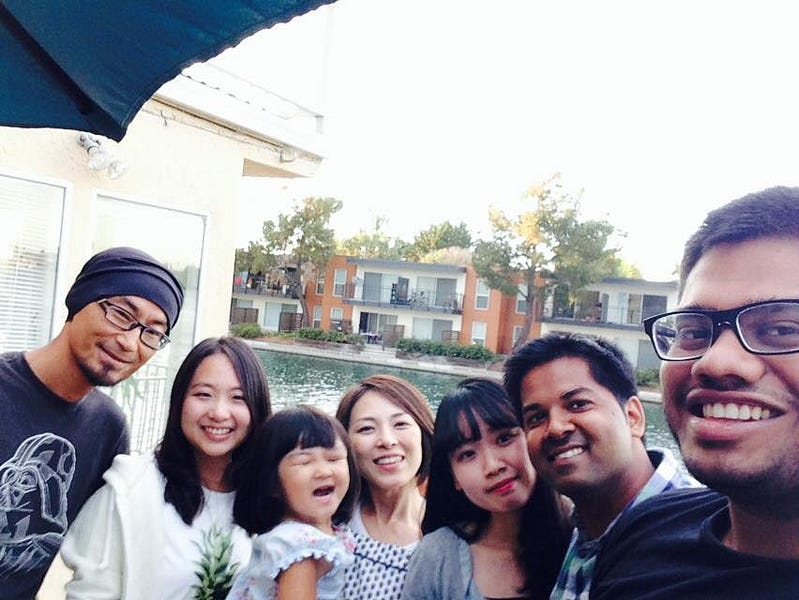

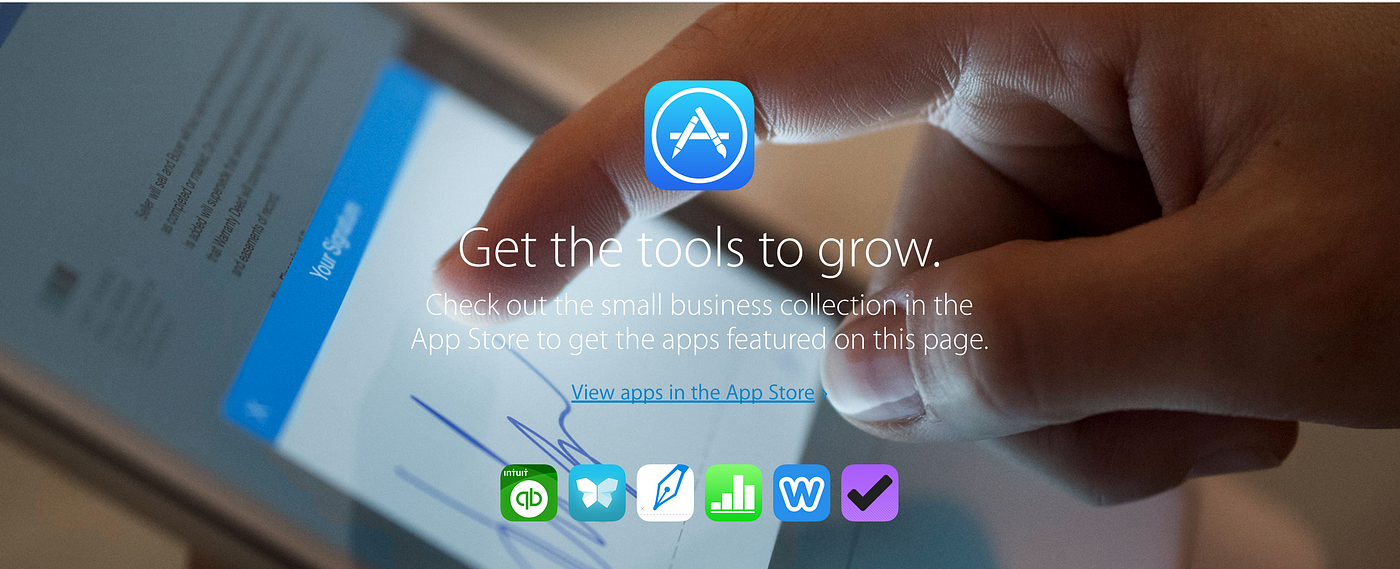 What we think about a lot
What we think about a lot
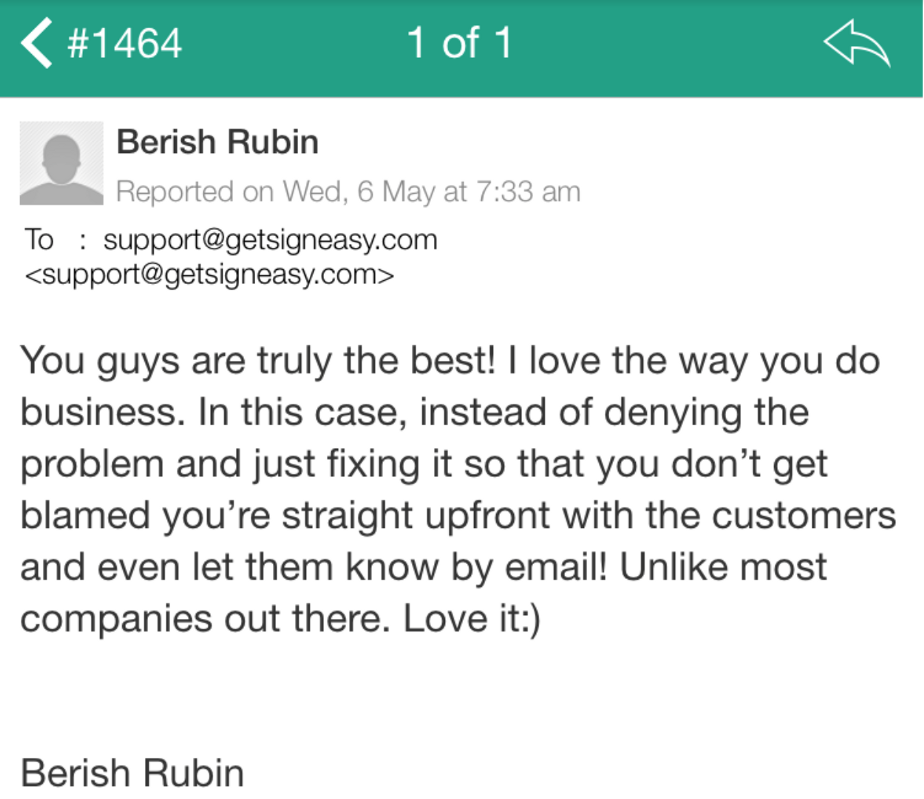
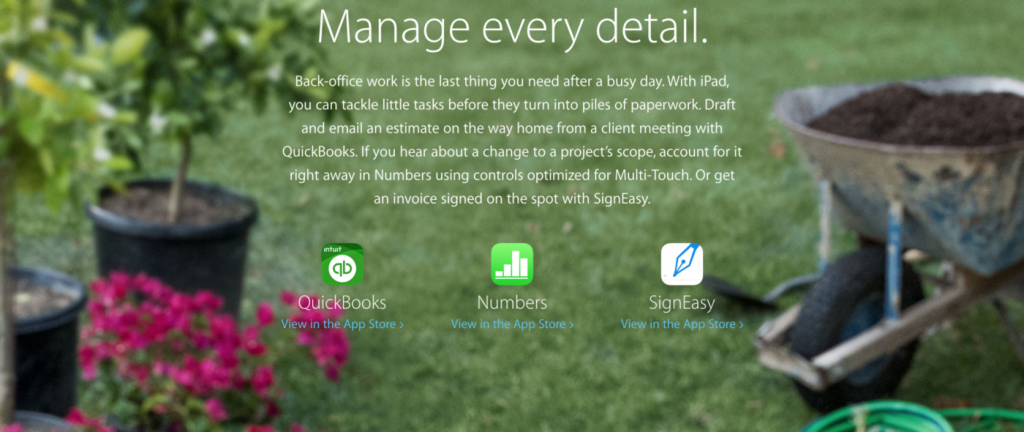 Part 2 of this post will talk about the actual gains that we had by being part of the Apple campaign. There are going to be metrics, and a lot of takeaways for app store citizens like us. So stay tuned!
Part 2 of this post will talk about the actual gains that we had by being part of the Apple campaign. There are going to be metrics, and a lot of takeaways for app store citizens like us. So stay tuned!


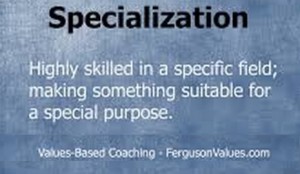
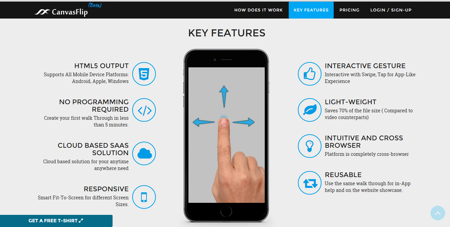

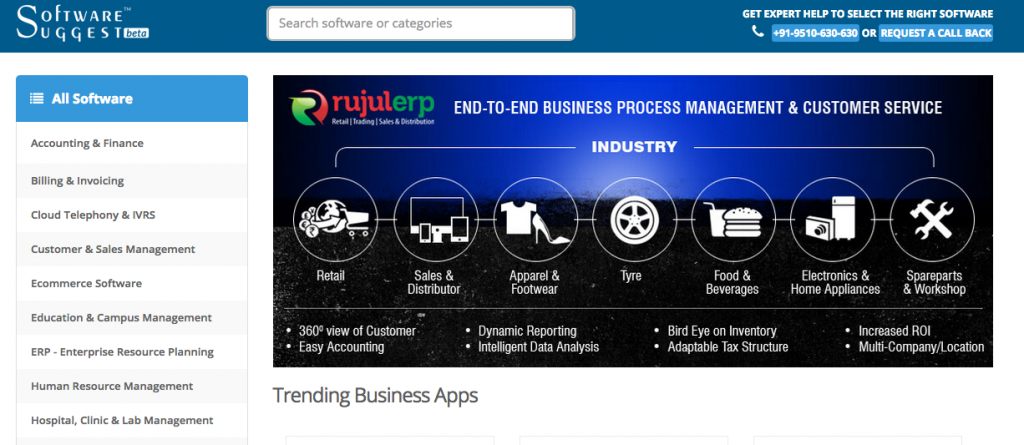
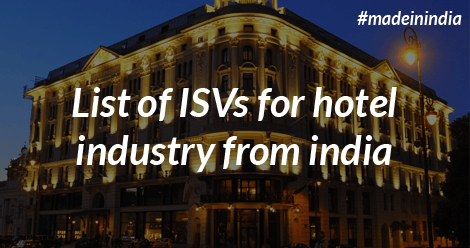

 Also, in a country like India, how can a small sample set represent the vast and diverse nation that we are? And it’s only now that this data exists digitally. Social Data Analytics is the ability to analyze this data, both at a macro and micro level, to uncover trends and patterns that traditional market research does not. But that does not mean just listening to conversations in social media constitutes Social Data Analytics. Just using packaged sentiment analysis toolkits to understand positive or negative conversations does not constitute Social Data Analytics.
Also, in a country like India, how can a small sample set represent the vast and diverse nation that we are? And it’s only now that this data exists digitally. Social Data Analytics is the ability to analyze this data, both at a macro and micro level, to uncover trends and patterns that traditional market research does not. But that does not mean just listening to conversations in social media constitutes Social Data Analytics. Just using packaged sentiment analysis toolkits to understand positive or negative conversations does not constitute Social Data Analytics.